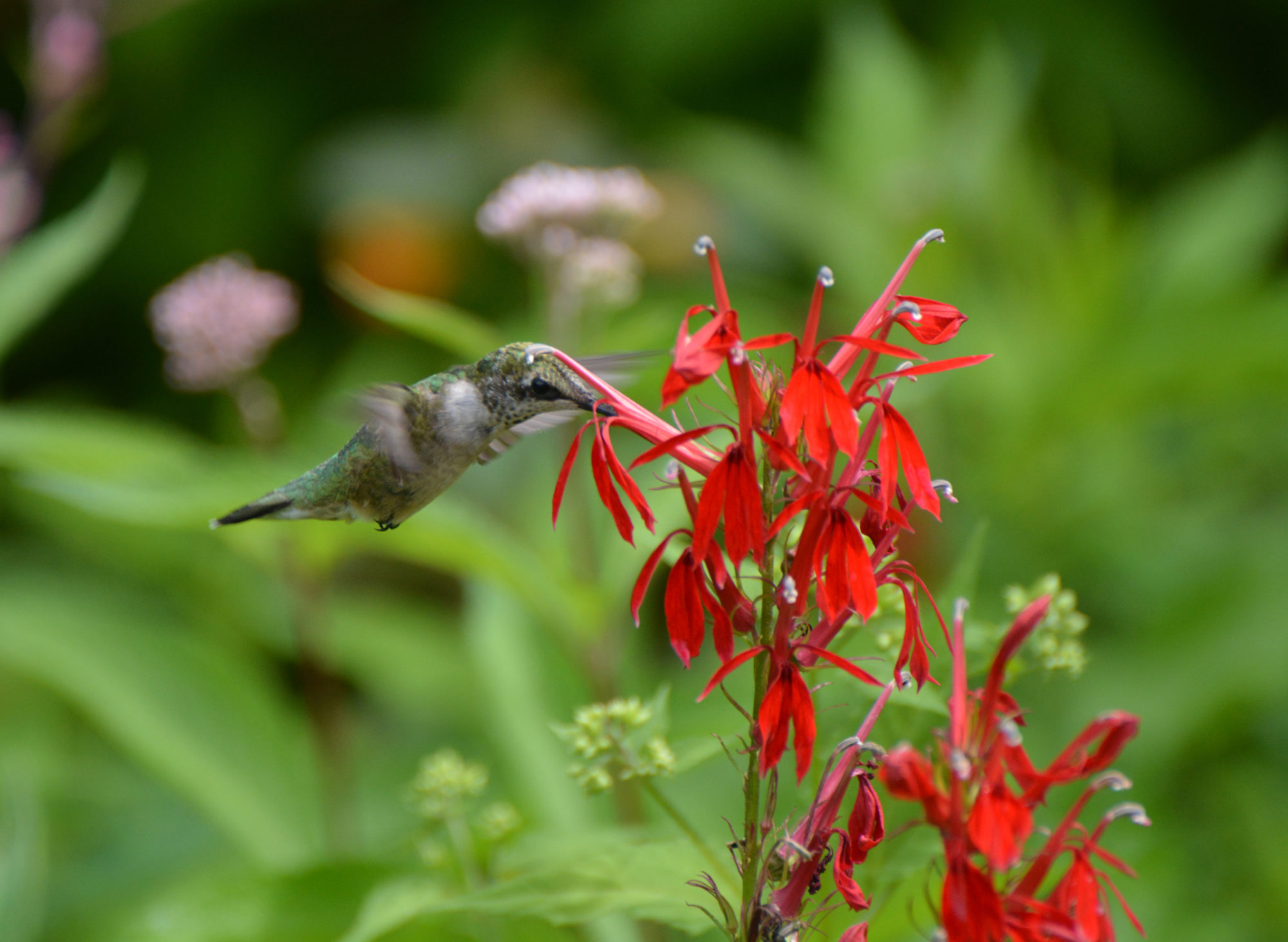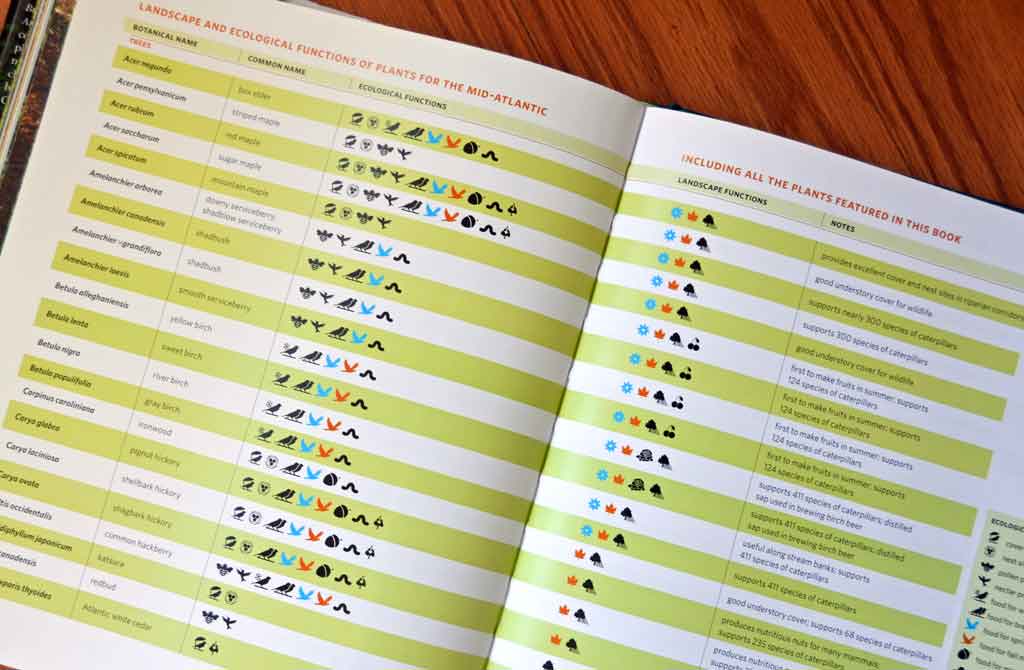Want to learn more about native plants, natural landscapes, and earth-friendly habitat gardening? We recommend the following books.
HIGHLY recommended!
Tallamy, Doug Bringing Nature Home: How Native Plants Sustain Wildlife in Our Gardens
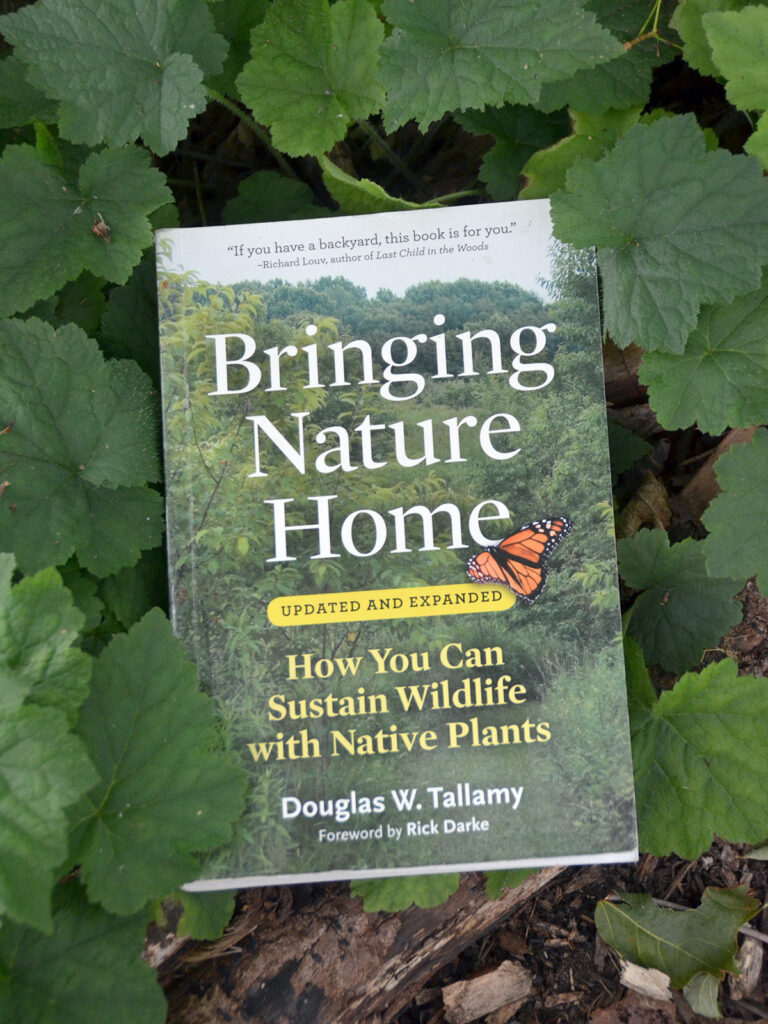
You’ll have renewed appreciation for the role of native plants in our gardens – and for reasons that may surprise you! Tallamy explains that simply planting a variety of flowering perennials, trees, and shrubs is not enough. Wild creatures exist in a complex web of interrelationships, and often require different kinds of food at different stages of their development. By favoring native plants, gardeners can provide a welcoming environment for wildlife of all kinds.
Darke, Rick and Doug Tallamy The Living Landscape: Designing for Beauty and Biodiversity in the Home Garden
Tallamy teamed with landscape architect Darke to further explore the idea of a Living Landscape and the role of native plats. Profusely illustrated throughout to inspire your own landscape and excellent appendices for each part of the country.
Tallamy, Douglas Nature’s Best Hope
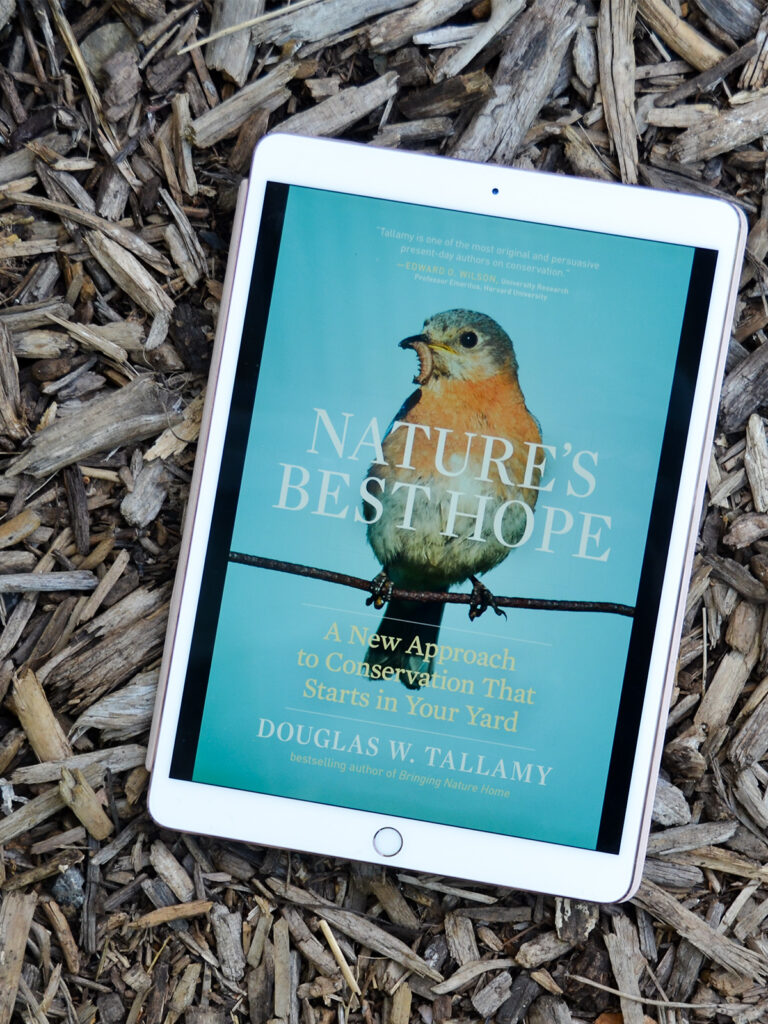
From the publisher’s blurb:
In this new book, Tallamy takes the next step and outlines his vision for a grassroots approach to conservation. Nature’s Best Hope shows how homeowners everywhere can turn their yards into conservation corridors that provide wildlife habitats. Because this approach relies on the initiatives of private individuals, it is immune from the whims of government policy. Even more important, it’s practical, effective, and easy—you will walk away with specific suggestions you can incorporate into your own yard.
Tallamy, Douglas The Nature of Oaks
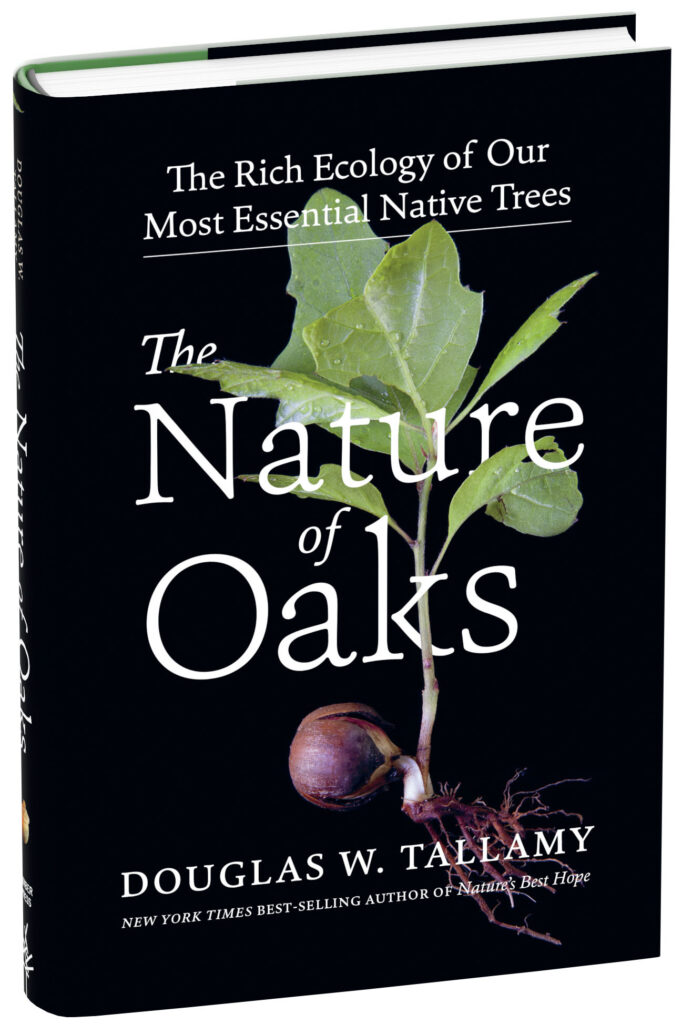
From the publisher’s blurb:
Oaks sustain a complex and fascinating web of wildlife. The Nature of Oaks reveals what is going on in oak trees month by month, highlighting the seasonal cycles of life, death, and renewal. From woodpeckers who collect and store hundreds of acorns for sustenance to the beauty of jewel caterpillars, Tallamy illuminates and celebrates the wonders that occur right in our own backyards. He also shares practical advice about how to plant and care for an oak, along with information about the best oak species for your area. The Nature of Oaks will inspire you to treasure these trees and to act to nurture and protect them.
Stein, Sara Bonnett – Noah’s Garden: Restoring the Ecology of Our Own Backyards (pictured in the Introduction photo)
This book shows us how our landscape style of neat yards and gardens has devastated suburban ecology, wiping out entire communities of plants and animals. When Stein realized what her intensive efforts at making a garden had done, she set out to “ungarden.” It interweaves an account of her efforts with an explanation of the ecology of gardens.
The Xerces Society – Attracting Native Pollinators
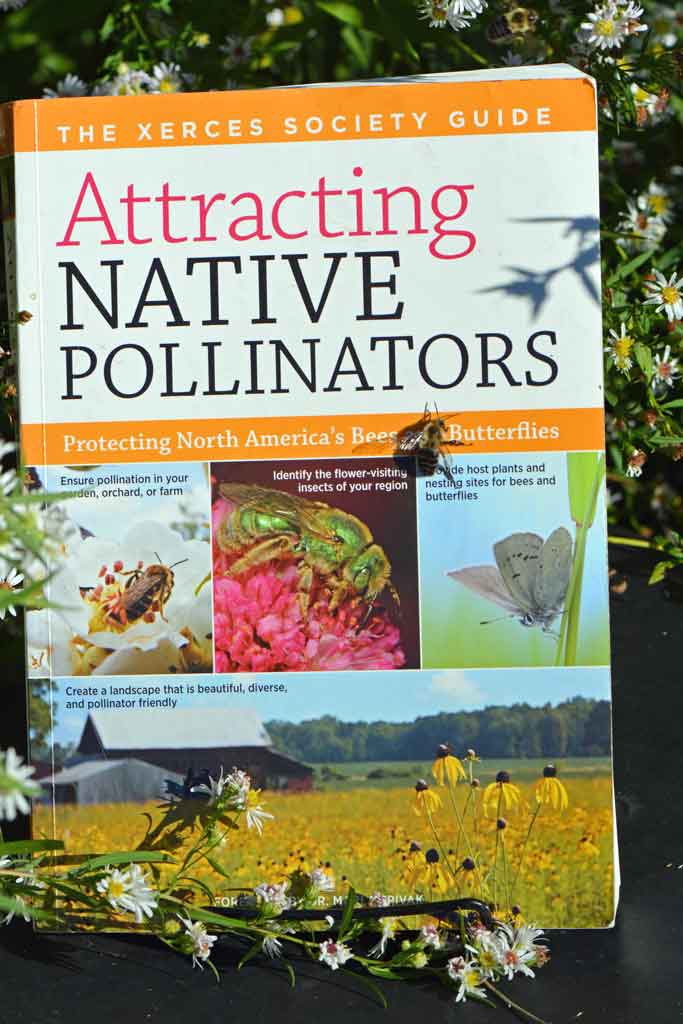
This book provides very good information about what you can do in our own yards, farms, natural areas etc. to protect pollinators. It guides the reader through the steps needed to create and enhance habitat for insect pollinators and contains information on selecting and planting forage flowers, providing nesting and egg-laying sites for bees, butterflies, and other insects, and caring for your pollinator habitat over time.
Practical advice about using native plants in your landscape
Stein, Sara Bonnett – Planting Noah’s Garden: Further Adventures in Backyard Ecology
This is the how-to-do-it complement to Noah’s Garden. Lots of practical ideas and practical philosophy. I finally understood the importance of designing plant communities after reading this book – not just planting individual plants that were on the habitat lists.
Summers, Carolyn – Designing Gardens with Flora of the American East
Summers is a landscape architect and an adjunct professor at Westchester Community College, so she knows our NYS plants and how to use them. This book gives a lot of practical advice to help you design your landscape with native plants.
Plant reference books
Leopold, Donald – Native Plants of the Northeast: A Guide for Gardening and Conservation
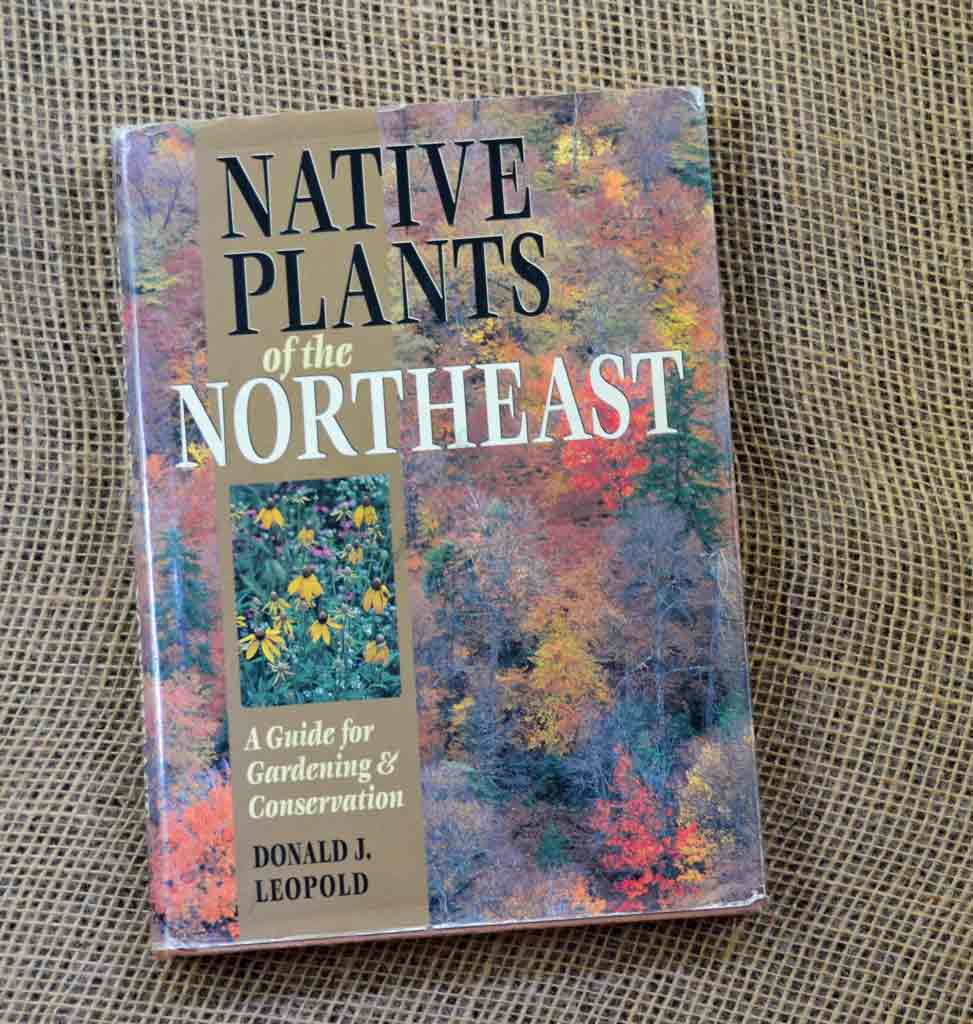
Very well-organized and illustrated. Includes sections on all types of plants – wildflowers, ferns, grasses, shrubs, trees, vines. Note that “Northeast” is defined generously; some plants included may be native only to states south of CNY.
Cullina, William – The New England Wild Flower Society Guides
Cullina’s books are all excellent guides. Their advantage is that they cover the entire continent; the “disadvantage” is that you need to check the range to be sure any particular plant is native to your own area! For example, a plant native to Oregon is not native to Central New York.
These books are all well-organized, provide pronunications for the scientific names, are well-illustrated and include wildlife value.
- Guide to Growing and Propagating Wildflowers of the United States and Canada – Very well-organized and complete information on wildflowers.
- Native Trees, Shrubs, and Vines: A Guide to Using, Growing and Propagating North American Woody Plants
- Cullina, William – Native Ferns, Moss, and Grasses: From Emerald Carpet to Amber Wave, Serene and Sensuous Plants for the Garden.
Kaufman, Sylvan and Wallace Kaufman – Invasive Plants: A Guide to Identification, Impacts, and Control of Common North American Species
Very well-organized, well-illustrated with photos, and information on control. A wonderful resource!
